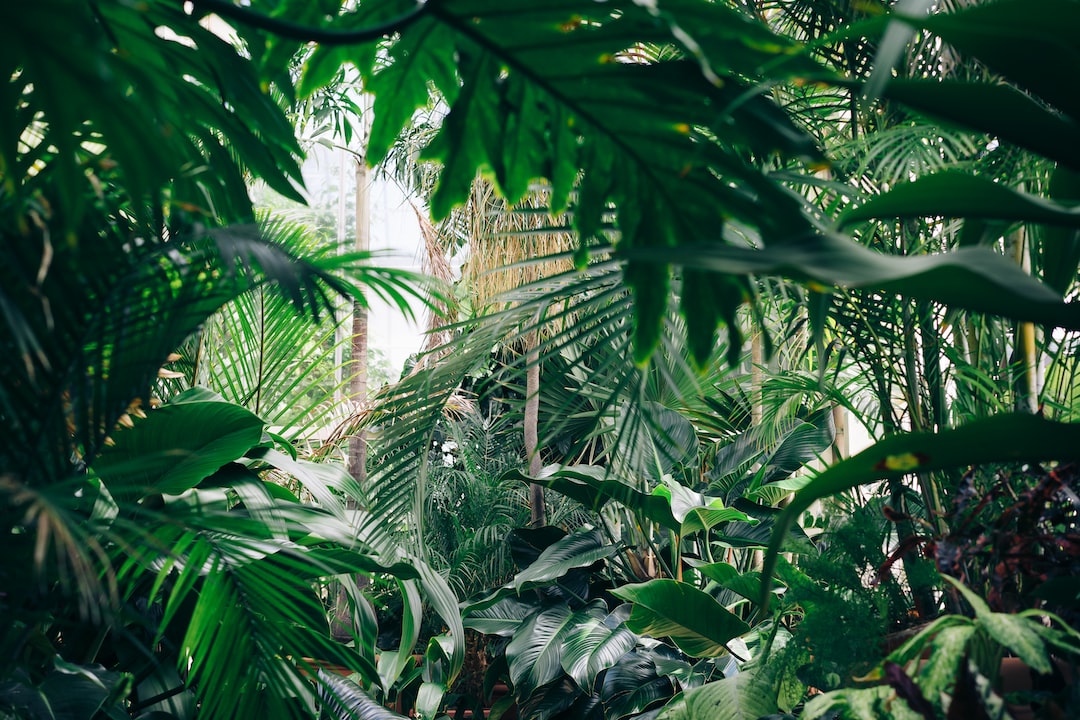Exploring the World of Bonsai: Tips for Growing Your Own Miniature Trees
Bonsai, a traditional Japanese art form, has captivated people around the world for centuries. The idea of growing miniature trees in pots, carefully shaping and pruning them to resemble their full-sized counterparts, is truly fascinating. Bonsai not only serves as a creative outlet but also allows us to connect with nature on a whole new level. If you have ever dreamed of creating your own bonsai masterpiece, this blog post will provide you with some valuable tips to help you get started.
Firstly, let’s begin with the basics. Bonsai, which translates to “tray planting,” involves the cultivation of small trees or shrubs in shallow containers. The aim is to create a natural, yet miniature representation of a full-grown tree. The key to achieving this lies in patience, horticultural knowledge, and artistic skill.
Choosing the right tree for your bonsai is crucial. There are numerous species suitable for bonsai, including junipers, pines, maples, and ficus. Each species has its own specific requirements in terms of care, so it’s important to research and select a tree that will thrive in your particular climate and local conditions. Additionally, consider the characteristics you desire in your bonsai tree – do you prefer a flowering tree, one with striking foliage, or perhaps a tree with interesting bark?
Once you’ve selected a species, acquiring a healthy bonsai tree is the next step. You can opt for young nursery-grown trees, known as pre-bonsai, or choose to start from scratch with seeds or cuttings. Nurseries or specialized bonsai centers are ideal places to find these trees. However, if you are passionate about the art of bonsai, you may want to search for more unique specimens in bonsai conventions or auctions.
Proper care and maintenance are necessary to ensure the health and longevity of your bonsai. Some important factors to consider include watering, fertilizing, and positioning. Bonsai trees have specific watering needs, so it’s essential to strike a balance between under and overwatering. Observe your bonsai tree regularly and water it only when the soil is slightly dry to the touch. Moreover, fertilizing your bonsai is vital to provide it with the necessary nutrients. Choose a slow-release fertilizer specifically designed for bonsai, and follow the application instructions accordingly.
Positioning your bonsai tree is equally important for its well-being. Most bonsai trees require ample sunlight, but it’s important to avoid placing them in excessively hot or cold areas. Finding the right balance between sunlight and shade is essential to ensure the optimum growth of your miniature tree. Some species may require indoor conditions due to their sensitivity to cold temperatures, while others may flourish in outdoor environments. It’s important to consider the specific requirements of your chosen tree species while finding the perfect spot.
Pruning and shaping your bonsai tree is where the artistic aspect of bonsai truly comes to life. Pruning helps maintain the desired shape and size, while wire can be used to guide the branches into the desired positions. Remember, bonsai is not meant to be a finished product overnight. It takes years of careful training, trimming, and shaping to achieve the envisioned form. Exercise patience and enjoy the journey as your bonsai slowly transforms into a miniature marvel.
Lastly, remember that bonsai is a living art form that requires continuous care and attention. Regularly inspect your bonsai for pests, diseases, and other problems. Removing dried leaves and debris can help improve air circulation, preventing potential health issues. Additionally, periodically repotting your bonsai is essential to refresh the soil and ensure the roots have enough space to grow.
In conclusion, bonsai represents a harmonious blend of artistry and horticulture, allowing us to create living masterpieces. As you dive into the world of bonsai, remember to choose the right tree for your climate, provide proper care, and embrace the artistic process of pruning and shaping. It’s a journey that rewards patience, dedication, and love for nature. So start exploring the world of bonsai today and watch your own miniature tree flourish into a captivating work of art.

